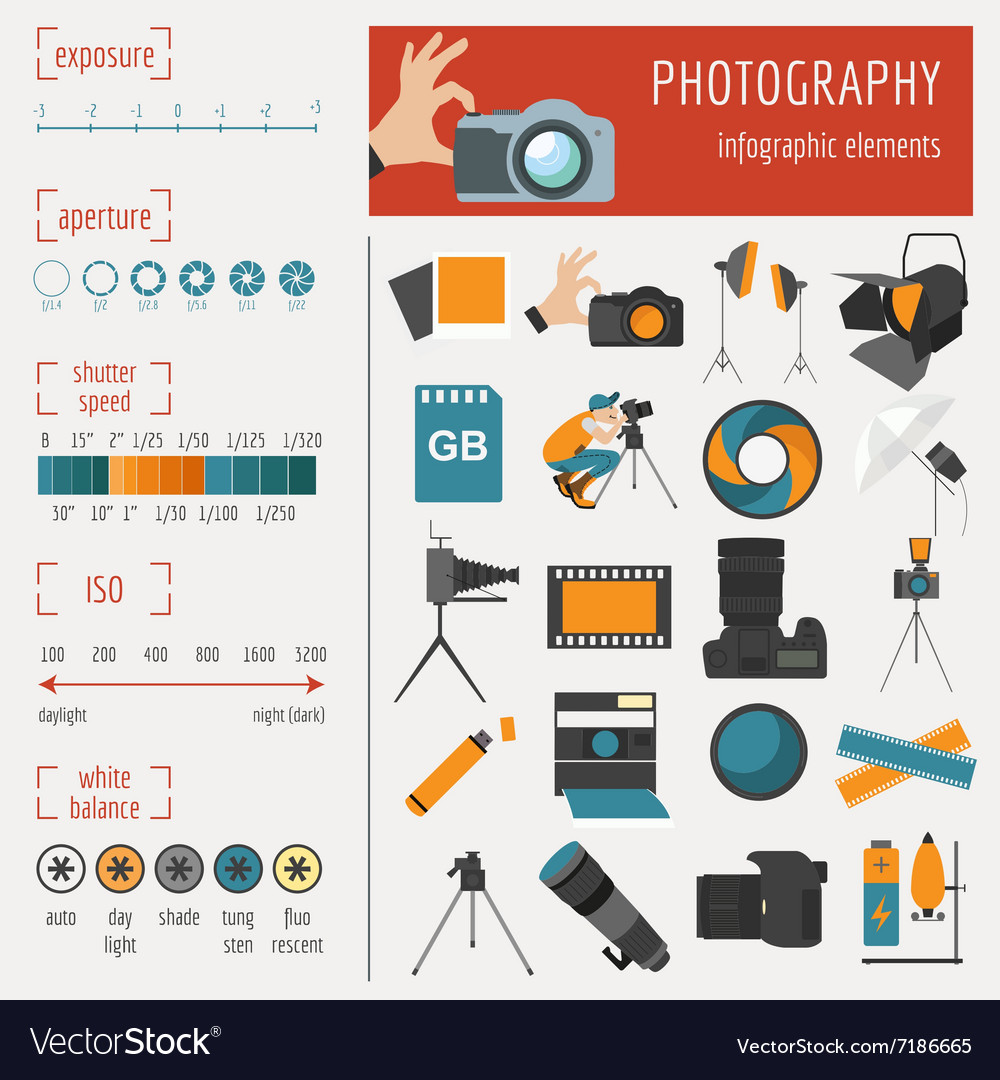Change Your Digital Photography By Understanding Lighting Methods That Can Raise Your Photos-- Find The Usual Risks That Could Be Holding You Back
Change Your Digital Photography By Understanding Lighting Methods That Can Raise Your Photos-- Find The Usual Risks That Could Be Holding You Back
Blog Article
Article Composed By-Caldwell Isaksen
As a digital photographer, you recognize that illumination can make or break your pictures. Understanding the nuances of both all-natural and artificial light is important for capturing the state of mind and quality you aim for in your work. Whether you're chasing the best gold hour glow or fine-tuning your man-made configurations, understanding these elements can elevate your digital photography dramatically. Yet there are common mistakes that several ignore, and acknowledging them can transform your strategy to every shoot. Let's explore what you may be missing out on and just how it can affect your outcomes.
Recognizing Natural Light
Comprehending natural light is important for any type of professional photographer looking to improve their work. It's the foundation of wonderful digital photography, influencing state of mind, tone, and clearness. When you shoot outdoors, take notice of the moment of day. The gold hour-- soon after sunup and before sundown-- uses soft, warm light that can change common scenes into spectacular photos.
Don't ignore the power of cloudy days. Cloud cover diffuses sunlight, producing a soft, even light that's ideal for portraits and macro digital photography. You'll find colors pop in this type of lights without rough darkness.
Placing you could look here , too. Always consider your subject's positioning to the light source. If the sun's behind your topic, you may wind up with a silhouette, which can be significant however mightn't be what you desire. Alternatively, straight sunlight can create unflattering darkness.
Try out angles; occasionally, transforming your perspective can generate impressive outcomes. Use all-natural reflectors, like water or sand, to jump light onto your topic, adding measurement.
Mastering Artificial Light
Grasping artificial light is necessary for professional photographers who intend to take their abilities to the following level. Whether you're making use of speedlights, studio strobes, or constant lights, understanding exactly how to adjust these sources can significantly improve your photos.
Start by acquainting on your own with the fundamentals of light quality, instructions, and color temperature. Explore different modifiers like softboxes, umbrellas, or grids to control the gentleness or violence of the light.
You'll find that soft light often creates flattering outcomes, while harsher light can add drama and deepness. Do not avoid darkness; they can boost the three-dimensionality of your topics.
Pay very close attention to the placement of your lights. A light positioned also near your topic can create uncomplimentary results, while as well away can bring about a lack of detail. Utilize a light meter or your cam's histogram to guarantee you're revealing appropriately.
Last but not least, keep in mind that man-made light can be mixed with ambient light for innovative impacts. Stabilizing these sources might take technique, but once you understand it, your digital photography will truly shine.
Methods for Different Situations
When you enter various capturing situations, adjusting your lights strategies is critical for recording the very best images. For outside pictures, make use of the gold hour-- morning or late afternoon light-- to soften darkness and boost complexion.
If it's an extreme lunchtime sun, take into consideration using a reflector to bounce light back onto your topic or seek shaded locations for a more also direct exposure.
In low-light circumstances, like interior occasions, enhance your ISO and make use of a wide aperture to allow in even more light. A tripod can aid get rid of electronic camera shake, enabling longer exposures without blurring.
If you're contending evening, trying out off-camera flash to create vibrant illumination and deepness in your images.
For http://mary4joelle.booklikes.com/post/6569515/attain-a-standout-photography-profile-by-understanding-unique-design-and-engaging-storytelling-discover-the-essential-elements-that-will-certainly-astound-your-audience , make use of diffused illumination to prevent rough representations. Softboxes or light tents can help achieve this impact.
When photographing landscapes, take into consideration the instructions of light and time of day, as it can significantly change the state of mind of your shot.
Constantly be ready to readjust your setups and positioning based on the scenario, as flexibility is essential to understanding illumination in digital photography.
https://blogfreely.net/daniele80leone/exploring-the-world-through-the-lens-travel-digital-photography-fundamentals , grasping lights is crucial to boosting your photography skills. Embrace all-natural light's charm throughout golden hour, and don't shy away from trying out man-made light strategies. By adjusting your technique to various scenarios, you'll record stunning images that resonate with feeling and quality. Keep in mind, the best lights can change a normal shot into something remarkable, so keep exercising and fine-tuning your understanding of both natural and artificial light. Delighted capturing!
